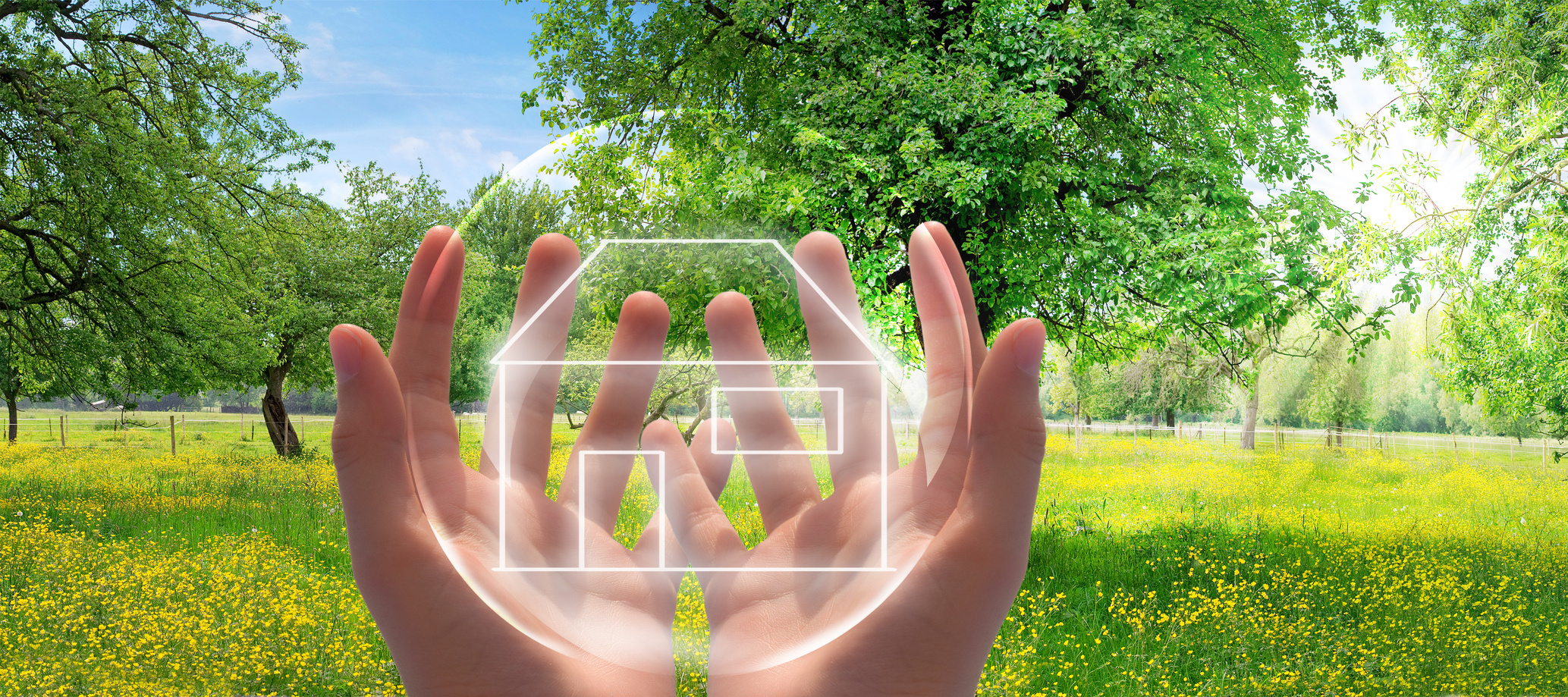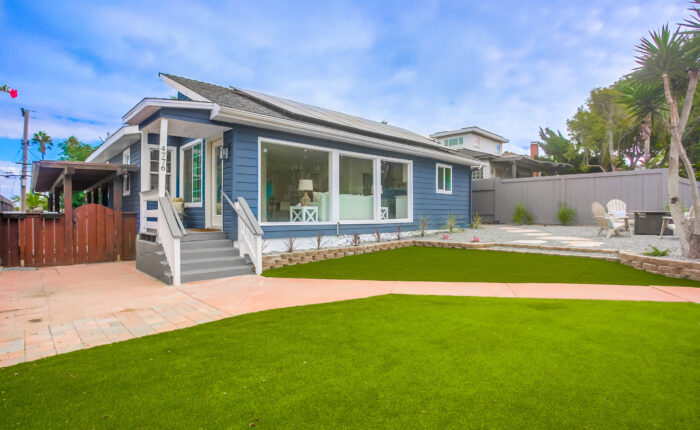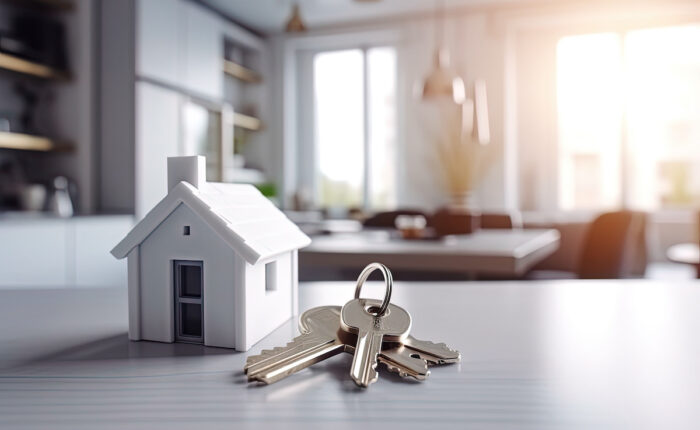Homes are becoming increasingly greener, as great efforts are being made to introduce sustainable features into mainstream construction projects. “Going green” is certainly an idea worth entertaining. Its benefits can have a lasting impact for generations. However, what are the true pros and cons of fully embracing sustainable housing trends? More importantly, are green homes the next evolution in the real estate industry?
There doesn’t appear to be a single housing element left untouched by the green movement. Greener communities are being built, even in urban cores, construction materials and practices are becoming more eco-friendly, incentives are being touted for those that become more energy efficient, and many of these features are in demand.
However, far too many homeowners, home buyers, real estate investors and real estate agents still don’t fully understand the full picture. There is a lot that goes into the creation of green homes. Before you consider them a possibility for your investment business, it is important to familiarize yourself with the pros and cons they offer:
3 Pros of Green Homes
1. Cost Savings
As a real estate investor flipping houses or even renting out properties, going green can provide a myriad of cost effective benefits. In many areas, existing homes can receive thousands of dollars in rebates from local governments for installing features like rainwater harvesting systems and solar panels. The most advanced green homes, in the right areas, can realize zero utility bills (you still need rain and sun for these to work obviously). Compounded, these savings could add up to hundreds of thousands of dollars over the life of a property.
2. Saving the Planet
Not everyone places an emphasis on the environment, but green homes make a huge difference. Their features dramatically reduce our carbon footprint. One agency estimates 40% of global primary energy consumption and 25% of carbon dioxide emissions actually come from existing buildings, not cars. Therefore, clean energy built into homes and used to produce homes can dramatically reduce pollution and preserve resources.
3. It’s a Must
While some eco-friendly and energy efficient features may be optional, increased regulations will eliminate a lot of choices in the future. Doing it right the first time, when rehabbing a property, could improve total returns in the long run. For real estate professionals, being socially responsible and environmentally conscious can go a long way in endorsements and public opinion.
3 Cons of Green Homes
1. High Costs
While it is true that energy efficient features can save a lot of money, and some property designs have achieved affordability, it would be misleading to say going green was always cheaper. Do the math carefully before making changes. While some additions do save money in the long run, upfront costs can be large.
2. Liability
One of the least recognized benefits of new materials being used in construction and interior design today is how much healthier they can be. Of course, on the other hand, there are many new materials being re-purposed for use in homes which haven’t been evaluated long enough to confirm they are safe for living with. Make sure you complete your due diligence and don’t end up with a lawsuit down the line. Use materials that have been confirmed safe to avoid any complications.
3. Financing & Permitting Challenges
Eco-friendly designs are being pushed to new limits, as many creative concepts are popping up on college campuses and in the media. However, these can present big surprises when it comes to obtaining a mortgage loan or even building permits and Certificates of Occupancy.






